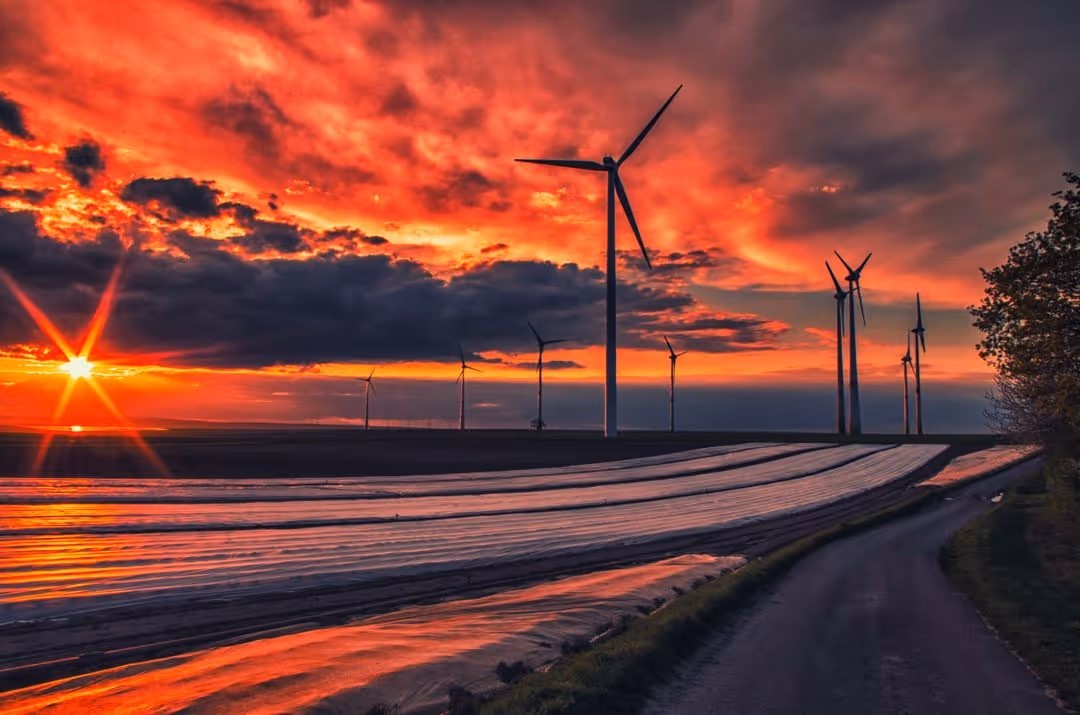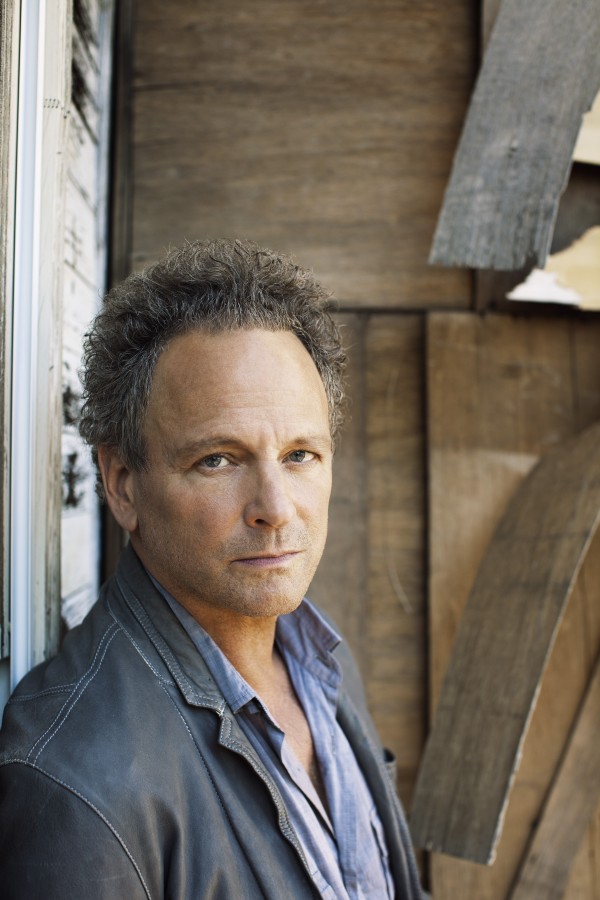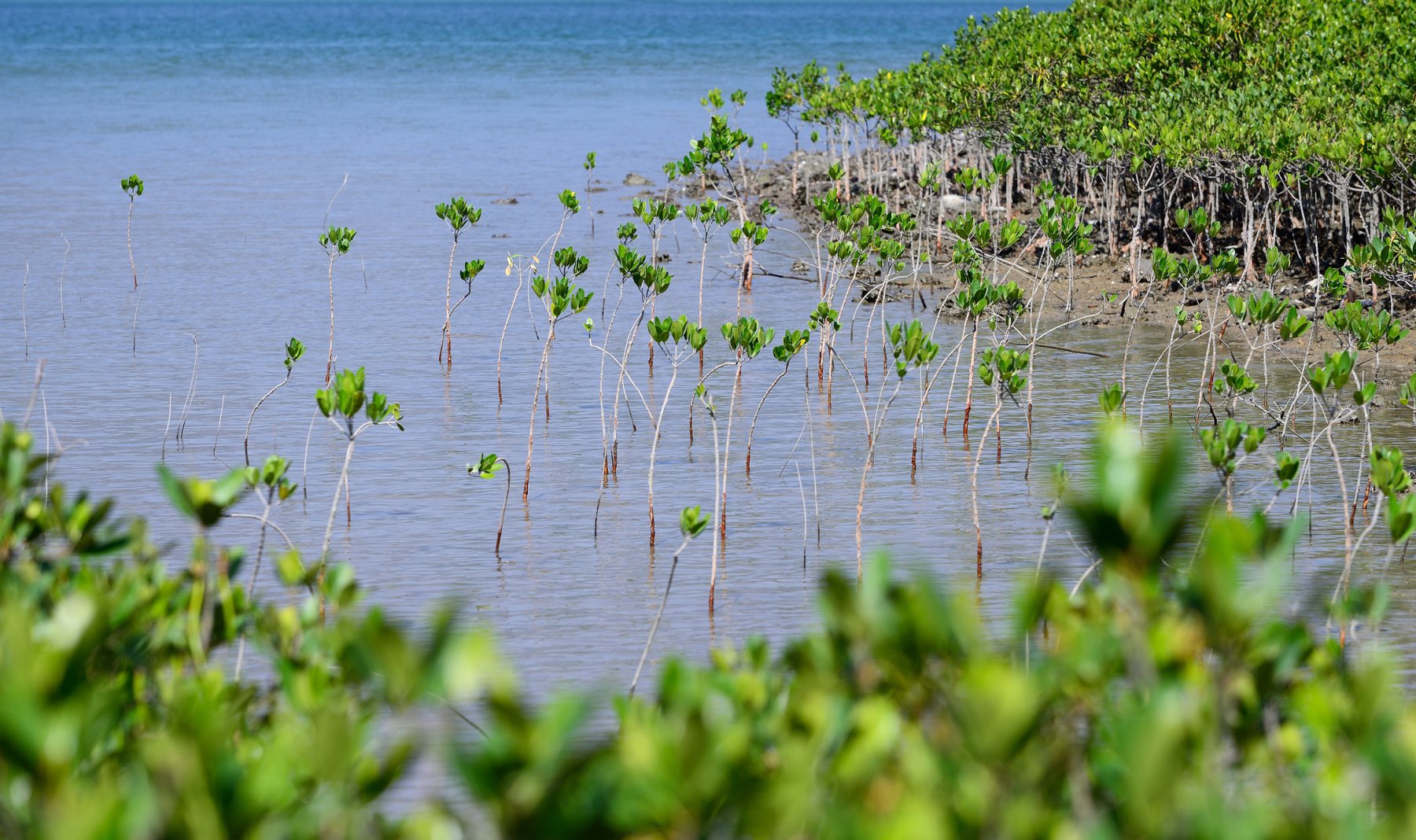Investigating The Economic Viability Of Offshore Wind Farms

Table of Contents
Capital Costs and Financing
High initial capital expenditure (CAPEX) is a major hurdle in the development of offshore wind farms. This substantial investment significantly impacts the overall economic viability of the project.
Initial Investment
The initial investment encompasses several key components:
- Turbine costs: The cost of wind turbines themselves represents a substantial portion of the overall CAPEX. Larger, more efficient turbines generally command higher prices but can offset this through increased energy generation.
- Foundation construction: This includes the fabrication and installation of foundations, which vary depending on water depth and seabed conditions. Options include monopiles (single-pile structures), jackets (steel structures), and floating platforms for deeper waters. The choice of foundation significantly impacts the overall cost.
- Grid connection infrastructure: Connecting the offshore wind farm to the onshore electricity grid requires significant investment in subsea cables, onshore substations, and potentially upgrades to the existing grid infrastructure.
- Site surveys and permitting: Comprehensive site surveys and environmental impact assessments are crucial before construction can begin. These processes can be lengthy and expensive, adding to the overall CAPEX.
Economies of scale play a crucial role in reducing costs. Larger wind farms benefit from lower per-unit costs for turbines and other components. The cost of offshore wind farm financing also varies based on these factors and available subsidies.
Financing Mechanisms
Securing sufficient financing is paramount for the successful development of offshore wind farms. This often involves a complex mix of funding sources:
- Government subsidies and incentives: Many governments provide financial support for renewable energy projects through subsidies, tax credits, and feed-in tariffs. These incentives significantly reduce the financial risk for investors and are a major factor in the economic viability of offshore wind farm projects.
- Green bonds: These bonds are specifically designed to finance environmentally friendly projects, attracting investors seeking both financial returns and environmental impact.
- Private equity and institutional investors: Private equity firms and pension funds are increasingly investing in renewable energy projects, recognizing their long-term growth potential.
- Project finance: This involves securing loans and other financing specifically for a particular project, based on the project's expected cash flows. Risk assessment and mitigation strategies are critical in this process.
The availability and terms of these financing mechanisms significantly influence the economic feasibility of an offshore wind farm project.
Operational Costs and Revenue Streams
While initial capital costs are substantial, the ongoing operational costs and revenue streams are equally important to the long-term economic viability of an offshore wind farm.
Operational Expenditure (OPEX)
Operational expenditure (OPEX) encompasses the ongoing costs of running the wind farm:
- Maintenance and repair: Regular maintenance and timely repairs are essential to ensuring the optimal performance and longevity of the wind turbines and other infrastructure. This includes both routine maintenance and more extensive repairs, which can be costly.
- Insurance: Comprehensive insurance coverage is required to protect against various risks, such as damage from storms, equipment failure, and liability claims.
- Personnel: Staffing costs, including technicians, engineers, and administrative personnel, contribute significantly to the ongoing operational expenses.
- Monitoring and control systems: Advanced monitoring and control systems are used to optimize the performance of the wind farm, reducing downtime and maintenance costs. Predictive maintenance using advanced sensor technology helps minimize costly repairs.
Optimizing OPEX through efficient maintenance strategies and technological innovation is crucial for maximizing profitability. The choice of turbine technology also significantly impacts OPEX; some designs require less maintenance than others.
Revenue Generation
Revenue for offshore wind farms primarily comes from electricity sales:
- Power Purchase Agreements (PPAs): PPAs are long-term contracts with electricity buyers, guaranteeing a stable revenue stream for the wind farm operator. Different PPA models exist, each with varying levels of price risk.
- Carbon credits: Offshore wind farms can generate carbon credits by reducing greenhouse gas emissions, providing an additional revenue stream. The value of carbon credits can fluctuate depending on market conditions and government policies.
- Electricity price fluctuations: Electricity prices can be volatile, impacting the overall revenue generated by the wind farm. Hedging strategies can be used to mitigate this risk.
The revenue generated from electricity sales and potentially carbon credits must exceed the operational expenditure and debt servicing costs to achieve profitability.
Environmental and Social Factors impacting Economic Viability
Environmental and social factors significantly impact both the cost and acceptance of offshore wind farm projects, influencing their overall economic viability.
Environmental Impact Assessment
Thorough environmental impact assessments (EIAs) are mandatory for offshore wind farm projects. The cost and timeline of these assessments can significantly affect the project's economic feasibility.
- Mitigation measures: EIAs often identify potential environmental impacts, such as noise pollution, bird and bat mortality, and seabed disturbance. Mitigation measures are then required, potentially adding to the project costs.
- Regulatory compliance: Meeting environmental regulations can lead to delays and additional costs during the permitting process. Stricter environmental standards may lead to higher investment in environmentally friendly technologies and processes, thus impacting project budgets.
Social Acceptance and Community Benefits
Public acceptance and community engagement are critical for the successful development of offshore wind farms. Resistance from local communities can lead to delays, increased costs, and even project cancellation.
- Community engagement strategies: Proactive community engagement can help address concerns and foster support for the project. This may involve transparent communication, job creation initiatives, and community benefit agreements.
- Economic development: Offshore wind farms can generate jobs in manufacturing, construction, operations, and maintenance, stimulating local economic development in coastal regions.
- Community ownership models: Some projects involve community ownership or participation, fostering a sense of shared responsibility and benefit.
Positive community relations and demonstrating economic benefits to the local population are crucial for the long-term success and economic viability of offshore wind farm projects.
Technological Advancements and Future Trends
Technological advancements are crucial for enhancing the economic viability of offshore wind farms.
Turbine Technology
Continuous innovation in turbine technology drives down the levelized cost of energy (LCOE):
- Larger rotor diameters: Larger turbines capture more wind energy, increasing overall energy generation and reducing the cost per unit of energy produced.
- Improved efficiency: Advancements in blade design, gearboxes, and generators improve turbine efficiency, leading to greater energy output and lower operating costs.
- Digitalization and smart grid integration: Smart grid integration and advanced control systems optimize energy production and reduce maintenance needs.
Floating Offshore Wind
Floating platforms are opening up vast new areas for offshore wind farm development:
- Deeper water deployment: Floating platforms allow for the installation of wind turbines in deeper waters, significantly expanding the potential deployment area.
- Cost comparison: While the initial costs of floating platforms are generally higher than fixed-bottom foundations, the access to higher-wind resources can offset this over the project lifetime.
- Offshore wind energy expansion: Floating offshore wind holds immense potential for expanding the global capacity of offshore wind energy.
Conclusion
The economic viability of offshore wind farms is a multifaceted issue shaped by capital costs, operational expenses, revenue streams, environmental factors, and technological advancements. Careful planning, strategic financing, and continuous technological innovation are vital for achieving long-term financial success. While substantial upfront investments are necessary, the potential for long-term profitability and significant contributions to renewable energy targets makes further investigation into the economic viability of offshore wind farms crucial for a sustainable energy future. Explore further research on specific project case studies to deepen your understanding of the complexities involved in evaluating the economic viability of offshore wind farms for your region.

Featured Posts
-
 Lindsey Buckinghams And Mick Fleetwoods Reunion Hope For A Fleetwood Mac Reunion
May 04, 2025
Lindsey Buckinghams And Mick Fleetwoods Reunion Hope For A Fleetwood Mac Reunion
May 04, 2025 -
 Seagrass Planting A Key Strategy For Scottish Coastal Restoration
May 04, 2025
Seagrass Planting A Key Strategy For Scottish Coastal Restoration
May 04, 2025 -
 Utrechts Wastewater Plant Unveils Groundbreaking Heat Pump Technology
May 04, 2025
Utrechts Wastewater Plant Unveils Groundbreaking Heat Pump Technology
May 04, 2025 -
 A Crypto Party Gone Wild The Inside Story Of Two Days
May 04, 2025
A Crypto Party Gone Wild The Inside Story Of Two Days
May 04, 2025 -
 Ufc Fighter Receives Six Month Ban For Anti Doping Rule Breach
May 04, 2025
Ufc Fighter Receives Six Month Ban For Anti Doping Rule Breach
May 04, 2025
